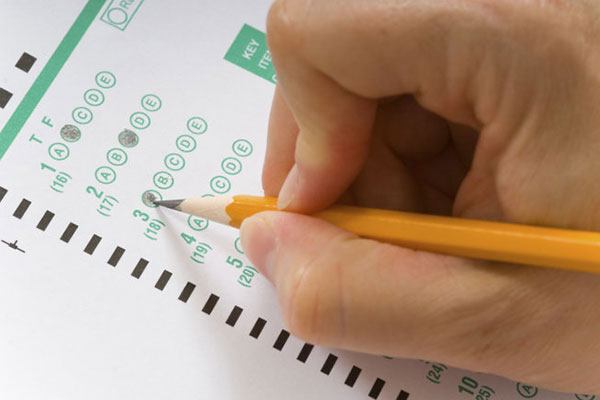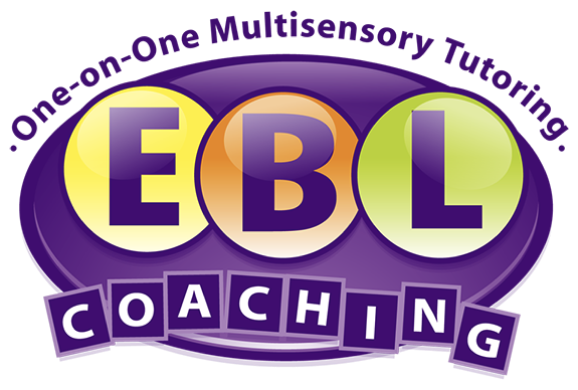
Test Taking Strategies

Many students feel that school is a breeze in the early years of their academic careers. They fly through their homework, ace their class tests, and manage to maintain stellar grades with minimal effort. Yet as students progress through school, the testing demands rise quickly, and it becomes increasingly challenging to rely on their natural-born intelligence as a sole driver of academic success. Help your child improve his test taking skills and learn to ace true false, multiple choice, and essays exams with the strategies detailed below.
True/False
Many teachers include a significant number of true/false questions as part of their self-created tests. While students may prefer this type of exam question, thinking the odds of answering correctly are in their favor, these questions are not always simple or straightforward. In fact, several strategies can help students answer true/false questions correctly:
-True/False Strategy 1: Turn the true/false statement into a question. If your answer is “yes” then the test question is probably true. If your answer is no, then the test question is probably false.
For example: Grocery stores sell fruit.
We can turn this statement into a question: Do grocery stores sell fruit? Since the answer is yes, this test question is probably true.
-True/False Strategy 2: The entire statement must be true in order for the answer to be true.
For example: You can eat pasta with a fork but you cannot eat chicken with your fingers.
The first past of this statement is true (you can eat pasta with a fork) but the second part is false, since you can eat chicken with your fingers! Thus, the answer is false.
-True/False Strategy 3: Learn true/false “clue words” to help you choose the correct answer. “Soft” clue words, including often, probably, sometimes, might, may, or frequently, indicate that the answer is probably true. “Hard” clue words, including no, never, none, always, all, or every, indicate that the answer is probably false.
For example: People often make mistakes.
Often is a soft clue word. In this case, the answer is true.
Multiple Choice
As students move through school, they will encounter multiple choice questions on both in-class exams and just about every standardized test that they will take. Learning specific strategies for how to best tackle them can be helpful for years to come.
Multiple Choice Strategy 1: Eliminate “oddballs,” or answers that seem different from the other choices.
For example: _______ is a summer month.
a) November
b) February
c) July
D) The Beach
Clearly choice D (The Beach) is not even a month and is therefore the “oddball,” so the student would eliminate that choice.
Multiple Choice Strategy 2: Answer the question in your head before looking at the choices.
For example: A ___ is used to open cans.
a) Knife sharpener
b) Can opener
c) Ice cream scooper
d) Serving spoon
Before looking at the choices, the student should determine in her mind that can opener is probably the right answer in this case, then look for the correct choice.
Multiple Choice Strategy 3: Underline key words while reading the question. Certain words give clues to the correct answer, such as except, only, not, never, best, or cannot.
For example: All of the following are sports except:
A) Hockey
B) Soccer
C) Studying
D) Rugby
In this case, it is important for the student to read the word except, or incorrect answers may be selected.
Essays
In-class exams and standardized tests often require students to write an essay, frequently based on a prompt, like: “Compare and contrast living in the country and living in the city” or “Persuade your friend to choose basketball as a sport over soccer.”
Encourage your child to try some of these strategies when answering essay tests:
Essay Strategy 1: Underline the directive, which explains how to answer the prompt. Directives include words such as examine, analyze, compare, contrast, discuss, and persuade. Then rewrite the prompt in your own words to ensure that you understand what the tester is asking.
Essay Strategy 2: Create a brainstorm web for your essay. Make sure you include your thesis statement in the web, which sets the plan for your essay and should be the last sentence of your introduction paragraph.
Essay Strategy 3: Self-check your essay! Try the CTOPS checklist for self-checking, which stands for Capitalization, Tense (consistent past or present tense), Organization, Punctuation, and Spelling.
As your child moves through school, she will encounter increasingly complex tests. Encourage her to try these strategies and she will be well on her way to acing all types of exams.
